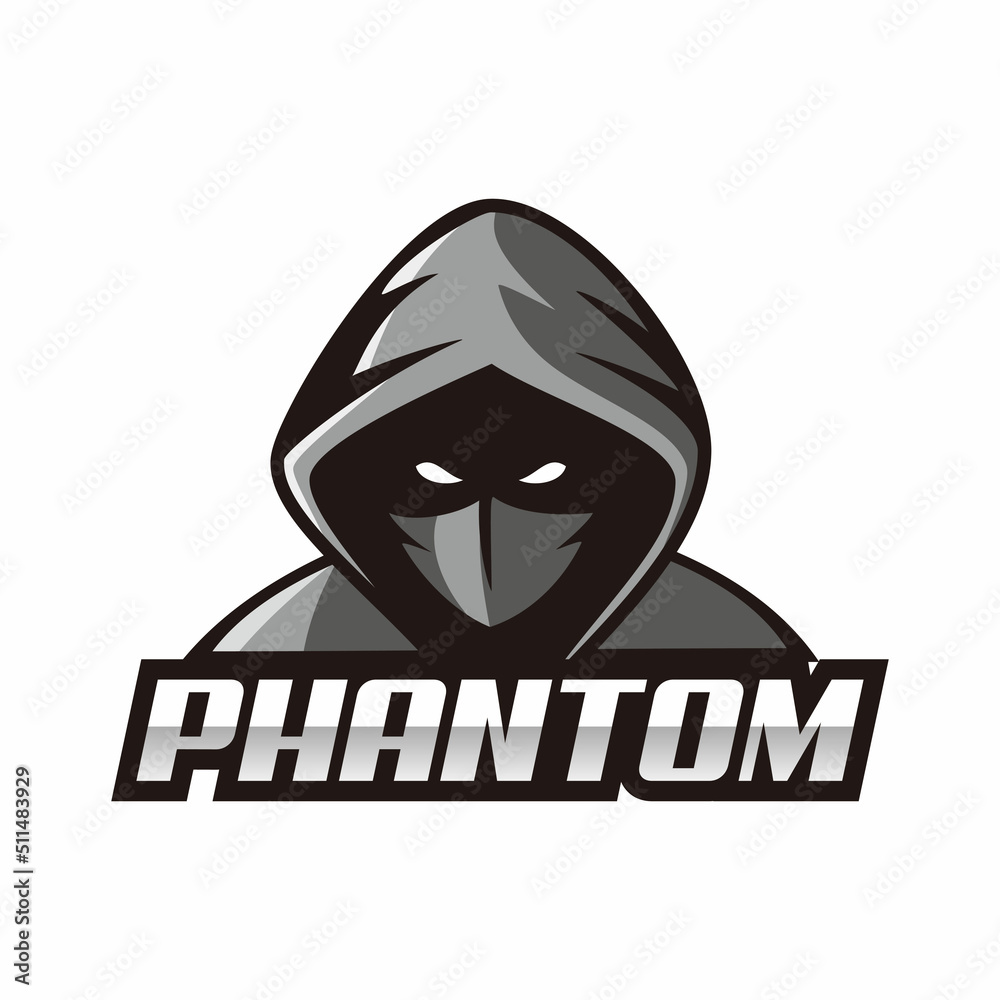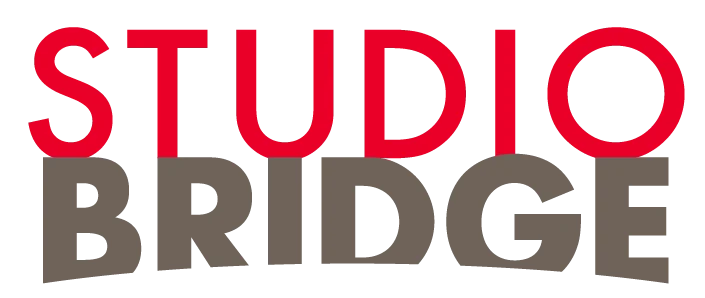Whoa! Have you noticed how fast the Solana ecosystem is evolving these days? I mean, one minute you’re just holding some tokens, the next you’re juggling NFTs, gaming assets, and worrying about which chain your stuff actually lives on. It’s kinda wild. At first I thought, “Okay, this is just hype,” but then I dove deeper and realized there’s a real tectonic shift happening—especially when you start mixing Web3 gaming with NFT marketplaces and cross-chain bridges. It’s like these three pillars are reshaping the whole user experience around wallets like Phantom.
Something felt off about the usual workflow. Like, why do I have to jump through hoops to get my NFTs showing up in my wallet? And don’t even get me started on asset transfers across different blockchains. My instinct said there had to be a smoother way—something that doesn’t feel like you’re playing digital hopscotch.
Let me back up a bit. Web3 gaming has exploded on Solana because of its speedy transactions and low fees. But integrating NFTs into these games isn’t always straightforward. Sure, you can mint an NFT, but how do you trade it seamlessly or use it across multiple games? That’s where NFT marketplaces come into play, offering a hub to buy, sell, and showcase your digital collectibles. Yet, most marketplaces feel like islands disconnected from the rest of your crypto life.
Here’s the thing. Cross-chain bridges promise to connect these islands—allowing an NFT minted on Solana to be used or sold on Ethereum-based platforms, or maybe even in a game running on Binance Smart Chain. This interoperability is crucial, but it’s still pretty rough around the edges. Security risks, slow bridges, and confusing UI often scare users away.
Seriously? Yeah, it’s a mess sometimes.
Now, I’m not just talking theory here. I’ve been messing around with some emerging projects that tackle these exact issues. For example, there are gaming platforms that integrate their NFT marketplaces directly into the gameplay, letting you earn and spend digital assets without leaving the game environment. But this integration only feels natural if your wallet supports these features intuitively.
Phantom, the go-to wallet for many Solana users, is great but also a bit limited in its default domain reach. That’s why alternatives and extensions—like the one you can find at https://phantomw.net/—are gaining traction. They offer a more flexible approach to managing your assets across different chains and marketplaces.
Oh, and by the way, the user experience here really matters. If you’re a gamer or collector, you want your wallet to be a seamless gateway, not a hurdle. The ability to jump from a game to an NFT auction and then bridge assets to another blockchain without losing your mind is the holy grail.

Initially, I thought cross-chain bridges were just fancy marketing jargon. In practice, they seemed slow and risky. But after watching some projects mature, I see a pattern emerging: the best bridges use a combination of cryptographic proofs and decentralized validators to secure transfers, while UI/UX improvements make the process almost frictionless for casual users. Still, it’s not perfect. Some bridges are very chain-specific, and others require a steep learning curve.
On one hand, this interoperability could democratize access to digital assets and gaming economies, enabling players to truly own and trade their in-game items outside the confines of a single platform. Though actually, it also raises questions about the long-term value of NFTs when their utility depends heavily on cross-platform compatibility. What good is an NFT if it’s trapped or incompatible?
Check this out—imagine a scenario where you earn a rare sword in a Solana-based RPG, then sell it on an NFT marketplace that supports Ethereum assets, and finally use the proceeds to buy a spaceship in a Binance Smart Chain metaverse. The technical complexity behind this is enormous, yet some projects are making strides toward this vision.
But here’s what bugs me about the current state of affairs: most users still have to juggle multiple wallets, deal with high gas fees on certain chains, and navigate confusing bridge interfaces. It’s a barrier that slows mainstream adoption. I’m biased, but I believe wallets that integrate these functions natively—without forcing users to hop around—will win the race.
Speaking from experience, the domain you pick for your wallet’s web interface can make or break your experience. Phantom’s official domain is solid, but alternative domains like https://phantomw.net/ provide added flexibility and sometimes better integration with third-party dApps. This subtle shift in domain choice can mean smoother access to NFT marketplaces and bridges without the typical hiccups.
Hmm… it’s fascinating how such a small change can impact usability. It’s like finding a shortcut in a game you thought you knew inside out.
Why Cross-Chain Bridges Are the Unsung Heroes
Cross-chain bridges deserve more credit. They’re kinda like the highways of the crypto world, connecting isolated cities (blockchains) into a vibrant metropolis. Without them, your NFT or token is stuck in one place, limiting its utility and value. But these bridges are complicated beasts—balancing decentralization, security, and speed isn’t easy.
Some bridges rely on centralized custodians, which feels a bit like handing your precious assets to a stranger. Others use trustless mechanisms but at the cost of slower speeds or higher transaction fees. It’s a tradeoff, and honestly, I’m still figuring out which approach is the best long-term.
Anyway, this constant evolution means that as a user, you have to be vigilant. Not all bridges or marketplaces are created equal. Some projects prioritize user-friendly experiences, while others focus on hardcore security or decentralization.
Here’s a quick tip: always double-check the domain and security certificates before connecting your wallet. The crypto space is full of phishing sites disguised as legit platforms. For Phantom users looking for a reliable alternative domain, https://phantomw.net/ is one I trust and use regularly.
And speaking of marketplaces, their integration with games is becoming more sophisticated. Instead of treating NFTs as mere collectibles, some platforms allow dynamic NFTs that evolve based on gameplay—like leveling up a character or upgrading equipment. This is a game-changer but also requires tight wallet and marketplace synergy.
So, what’s holding us back? Honestly, the user experience is still fragmented. If you want to play a game, trade NFTs, and bridge assets, you often need to jump between multiple apps and interfaces. I think the next big leap will come from platforms that bundle these experiences smoothly, making blockchain gaming as effortless as launching a Steam game.
Here’s a random thought: maybe wallets should start behaving like social media apps, too—showing you live updates of your assets, trades, and game achievements all in one feed. That’d be pretty cool, right?
Anyway, that’s just me speculating.
Wrapping Up (But Not Really)
So, back to where we started. The intersection of Web3 gaming, NFT marketplaces, and cross-chain bridges is creating a new frontier for Solana users. It’s exciting but also messy and confusing at times. Wallets that adapt by integrating these features natively and offer smooth, secure access—potentially through innovative domains like https://phantomw.net/—will likely lead the pack.
I’m curious where this all goes next. Will cross-chain bridges become as seamless as email forwarding? Or will we see a new standard that makes juggling multiple chains a thing of the past? Time will tell, but for now, it’s a wild ride, and I’m strapped in for the adventure.
Honestly, if you’re into Solana and haven’t explored these integrations yet, you’re missing out on a key part of crypto’s future. Just be careful and keep your wits about you—this space moves fast, and it’s easy to get lost.


No Comments